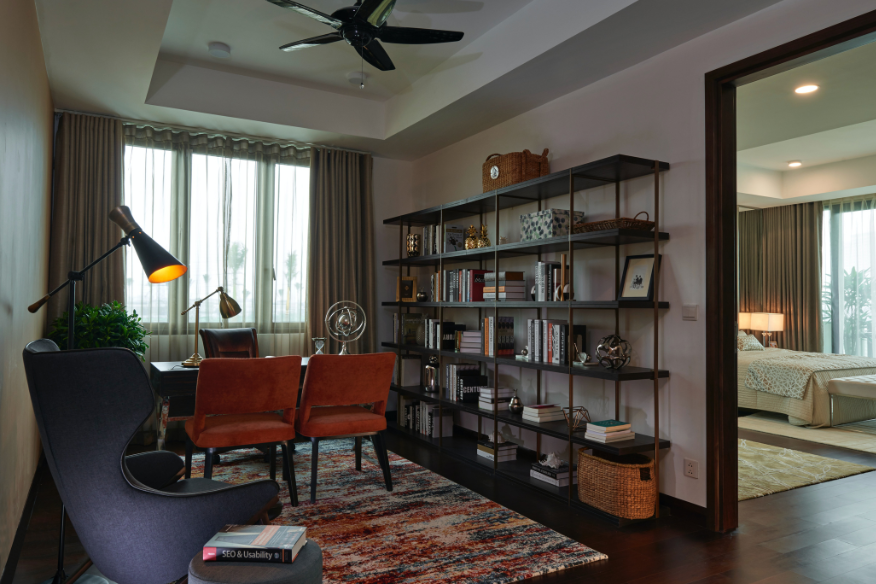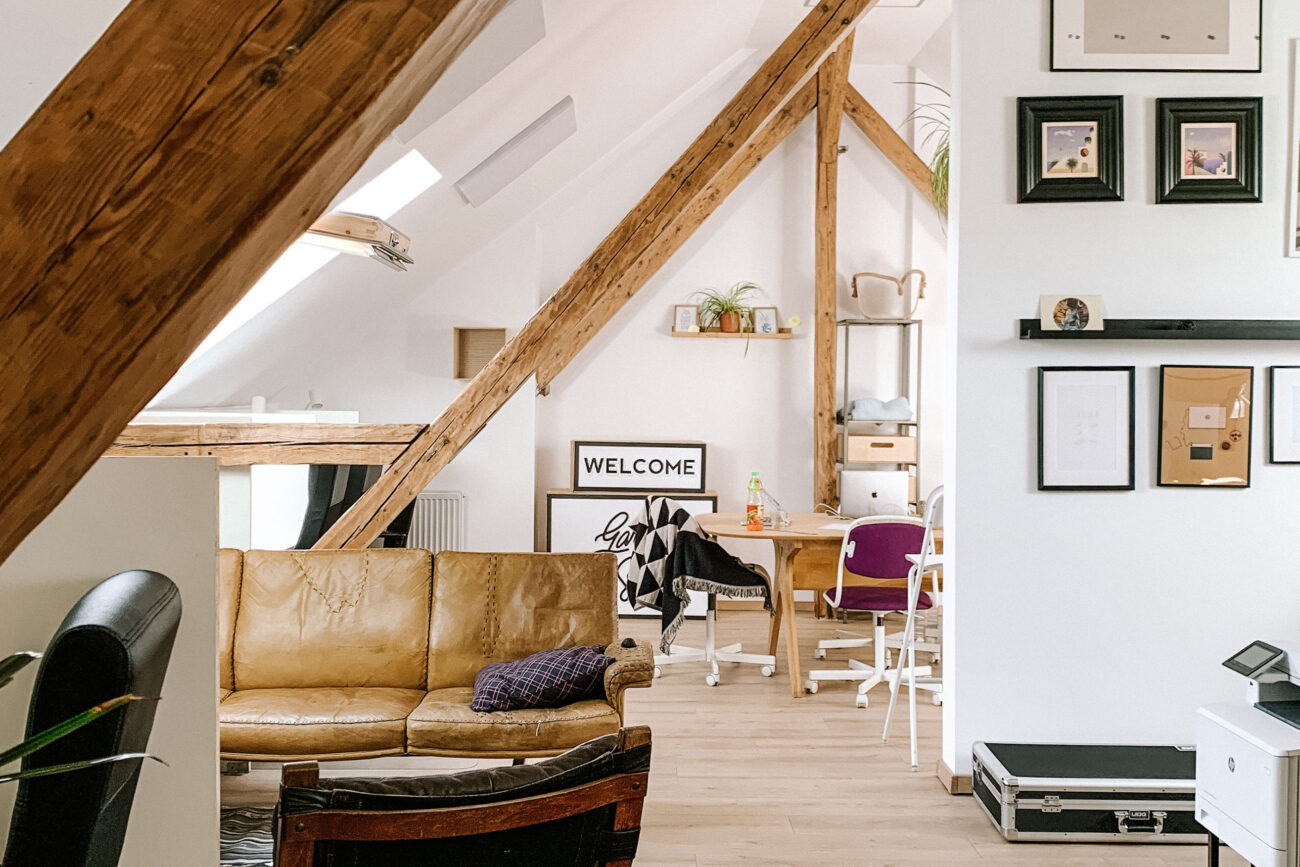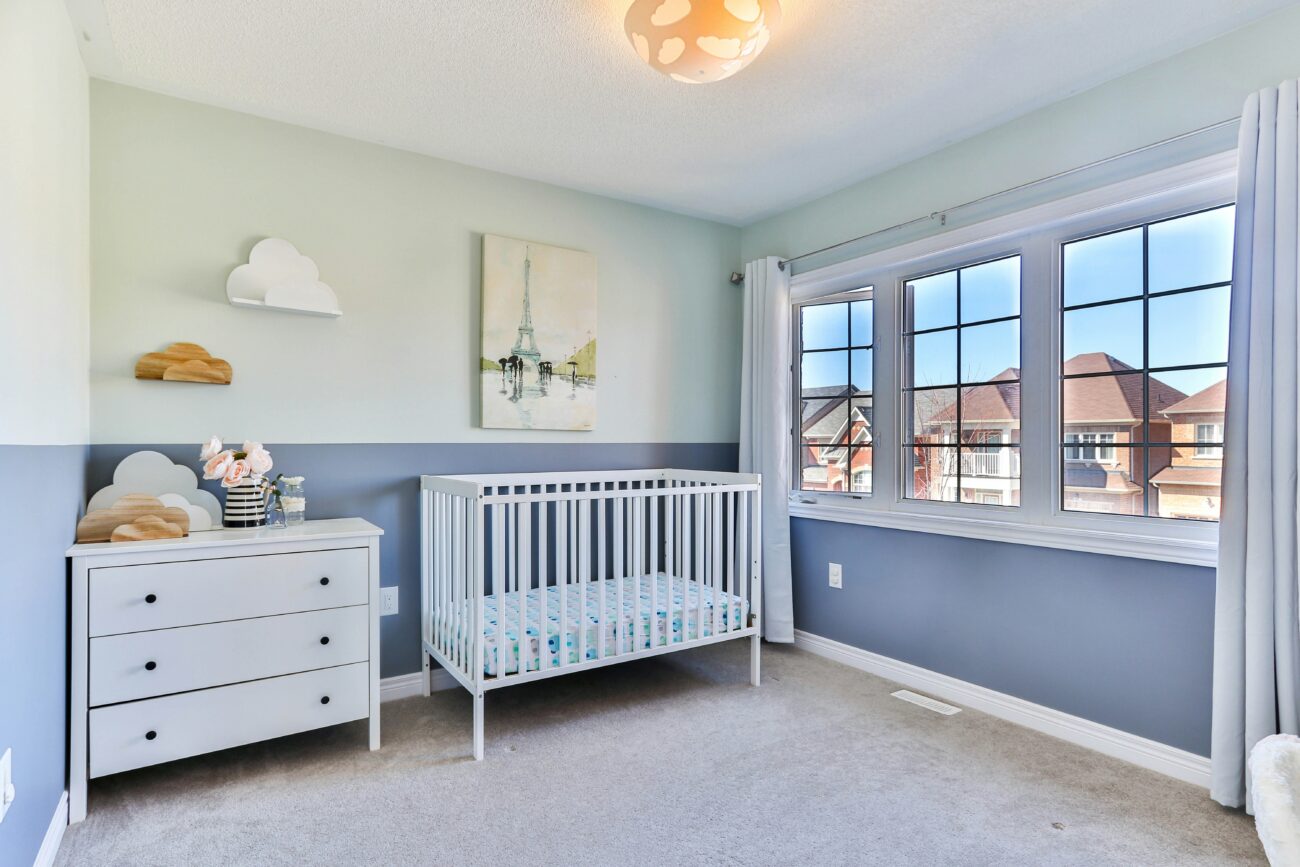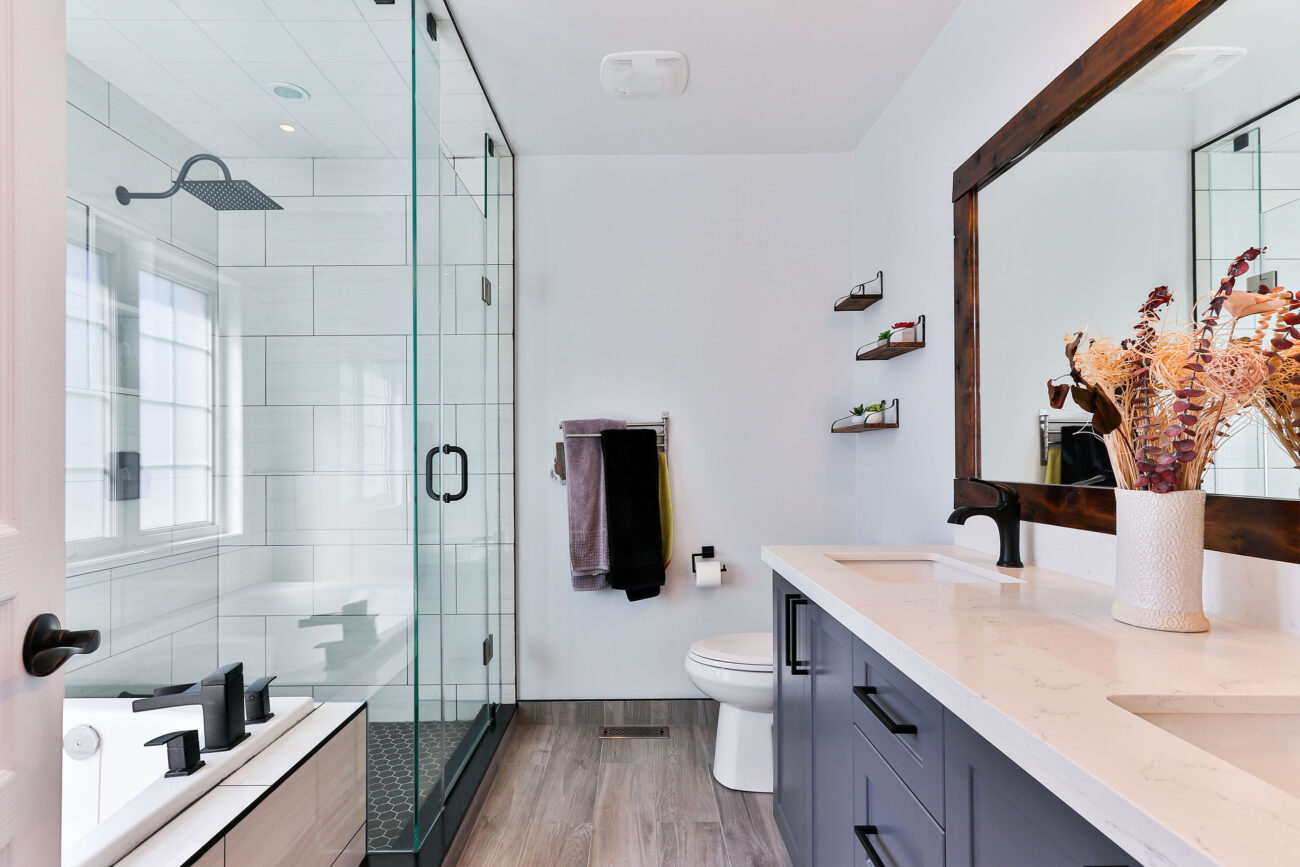Beyond Books: Unleash the Potential of Your Study/Library with Innovative Design Ideas.
Study libraries are a great place to get work done, whether you’re a student, a professional, or just someone who enjoys reading. But creating the perfect study library can be a challenge. There are many factors to consider, from the layout of the space to the furniture and decorative elements. In this article, we’ll explore some interior inspiration and ideas for study libraries, so you can create a space that is both functional and stylish.
Design fundamentals are an important consideration when creating a study library. The layout of the space should be carefully planned to ensure that it is both functional and comfortable. Furniture selection is also crucial, as you’ll want to choose pieces that are both comfortable and practical. Decorative elements such as lighting and artwork can also help create a welcoming and inspiring environment. Additionally, technology integration is important, as you’ll want to make sure that your study library is equipped with the tools you need to get work done.
Key Takeaways
- Design fundamentals, furniture selection, and decorative elements are all important considerations when creating a study library.
- Technology integration is crucial in today’s digital age.
- Personal touches can help make your study library feel like a welcoming and inspiring space.
Design Fundamentals
When designing a study library, it is important to consider the fundamental design elements that will make the space functional and visually appealing. These elements include colour palettes, lighting concepts and spatial planning.
Colour Palettes
Colour palettes play a significant role in creating the desired atmosphere in a study library. Neutral colours such as white, beige and grey are often used to create a calming and peaceful environment, while brighter colours such as blue and green can be used to create a more energising and inspiring atmosphere. It is important to consider the purpose of the study library when selecting a colour palette, as well as the preferences of the users.
Lighting Concepts
Lighting is an essential component of any study library. Adequate lighting can help to reduce eye strain and improve concentration, while also contributing to the overall ambiance of the space. Natural light is ideal, but artificial lighting can also be used effectively. A combination of overhead lighting and task lighting can help to create a well-lit and functional space.
Spatial Planning
Spatial planning is crucial in creating a study library that is both functional and aesthetically pleasing. It is important to consider the flow of the space, as well as the placement of furniture and equipment. A well-planned study library should provide ample space for users to move around and access resources easily. Furniture should be arranged in a way that promotes productivity and minimises distractions.
By considering these design fundamentals, a study library can be transformed into a space that is both functional and visually appealing.
Furniture Selection
When designing a study library, choosing the right furniture is crucial for creating a functional and comfortable space. Here are some important factors to consider when selecting furniture for a study library.
Ergonomic Considerations
Ergonomics play a significant role in creating a comfortable and healthy study environment. It is essential to choose furniture that supports good posture and reduces the risk of strain and injury. Adjustable chairs and desks are a popular choice for study libraries as they allow users to customize the height and angle of the furniture to their individual needs. Additionally, chairs with lumbar support and armrests can help reduce back and shoulder pain.
Material Choices
The material of the furniture can impact the overall look and feel of the study library. Wood is a popular choice for study library furniture as it is durable and gives a warm, inviting feel to the space. However, other materials such as metal and glass can also be used to create a modern and sleek look. When choosing materials, it is important to consider factors such as durability, ease of maintenance, and cost.
In summary, selecting the right furniture is essential for creating a functional and comfortable study library. By considering factors such as ergonomics and material choices, designers can create a space that meets the needs of its users while also looking stylish and inviting.
Decorative Elements
When it comes to creating an inspiring study space, decorative elements can make all the difference. By adding a few carefully chosen pieces, you can create a space that is both functional and aesthetically pleasing. In this section, we will explore two key decorative elements that can help transform your study library into a space that inspires creativity and productivity.
Wall Art and Decor
One of the easiest ways to add interest to a study library is through the use of wall art and decor. Whether you opt for a large statement piece or a collection of smaller items, the right wall art can help to create a focal point in the room. Some popular options for study libraries include:
- Inspirational quotes: Whether you choose to display your favourite quotes on a chalkboard or print them out and frame them, inspirational quotes can be a great way to add motivation and positivity to your study space.
- Art prints: From classic literature to modern abstract designs, art prints can be a great way to add colour and personality to your walls.
- Maps and globes: For those with a passion for travel or geography, maps and globes can be a great addition to a study library. Not only do they add visual interest, but they can also be useful for reference purposes.
Shelving and Storage
In addition to wall art, shelving and storage can also play an important role in creating an inspiring study environment. By keeping your books and materials organised and easily accessible, you can help to create a space that is both functional and visually appealing. Some popular options for shelving and storage in study libraries include:
- Built-in bookshelves: If you have the space, built-in bookshelves can be a great way to add both storage and visual interest to a study library. By incorporating different sizes and shapes of shelves, you can create a unique and personalised look.
- Floating shelves: For those with limited space or who prefer a more minimalist look, floating shelves can be a great option. They can be used to display books, plants, or other decorative items, and can be easily moved or rearranged as needed.
- Storage boxes and baskets: To keep smaller items organised and out of sight, storage boxes and baskets can be a great option. Opt for ones that match your decor style to ensure that they blend seamlessly into the room.
By incorporating these decorative elements into your study library, you can create a space that is both functional and inspiring. Whether you choose to display your favourite quotes or keep your books neatly organised on built-in shelves, the right decorative touches can make all the difference.
Technology Integration
Smart Lighting Systems
Incorporating smart lighting systems into a study library can significantly enhance the overall experience. These systems allow for customised lighting settings that can be controlled through a smartphone or tablet. This means that users can adjust the lighting to their preferred brightness and colour temperature, creating a comfortable and productive environment for studying.
Smart lighting systems can also be programmed to change throughout the day, mimicking natural light patterns. This can help to regulate the body’s circadian rhythm, promoting better sleep patterns and overall wellbeing. Additionally, smart lighting systems are energy-efficient, reducing electricity costs and environmental impact.
Acoustic Enhancements
Effective soundproofing and acoustic treatments are crucial for creating a quiet and productive study environment. Acoustic panels can be installed on walls and ceilings to absorb sound and reduce reverberation. This can significantly improve speech intelligibility and reduce distractions from external noise.
Sound masking systems can also be installed to create a more comfortable and private study environment. These systems emit a low-level background noise that helps to mask external sounds, creating a more peaceful and focused atmosphere for studying.
Overall, integrating technology into a study library can greatly enhance the user experience. Smart lighting systems and acoustic enhancements are just a few examples of how technology can be used to create a productive and comfortable study environment.
Personal Touches
Adding personal touches to a study library can make it feel more comfortable and inviting, as well as reflect the owner’s personality and style. Here are some ideas for incorporating personal touches into a study library.
Accessory Ideas
One way to add personal touches to a study library is by using accessories that reflect the owner’s interests or hobbies. For example, a bookshelf could be decorated with figurines or models of favourite characters from books, movies or TV shows. Alternatively, the owner could display souvenirs from their travels, such as postcards or trinkets.
Another idea is to use personal photographs or artwork as wall decor. This could include family photos, travel photos or artwork created by the owner or their friends and family.
Plant Life Incorporation
Plants can add a natural touch to a study library and help create a calming atmosphere. Succulents, cacti or small potted plants are easy to care for and can be placed on shelves or windowsills. Alternatively, larger plants such as a fiddle leaf fig or a snake plant can be used as statement pieces in the room.
Plants can also help purify the air and improve indoor air quality, which can be beneficial for those who spend a lot of time in the study library.
Overall, adding personal touches to a study library can make it feel more welcoming and comfortable. By using accessories and plants, the owner can create a space that reflects their personality and style.
Questions & Answers
When designing a library’s interior, it is important to consider factors such as functionality, comfort, and aesthetics. The layout should be designed in a way that maximizes the available space and promotes ease of movement. The lighting should be adequate for reading, and the furniture should be comfortable and ergonomic. The colour scheme and decor should be chosen to create a warm and inviting atmosphere.
There are many ways to enhance the visual appeal of a home library. One way is to incorporate interesting and unique design elements, such as a statement piece of furniture or a striking piece of artwork. Another way is to add texture and depth to the space through the use of fabrics, rugs, and decorative accessories. Finally, lighting can also play a significant role in enhancing the visual appeal of a home library.
When designing a small library space, it is important to maximize the available space to include a study area. One innovative way to do this is to incorporate a wall-mounted desk or fold-down table. Another option is to use multi-functional furniture, such as a bookcase that doubles as a desk. Additionally, using vertical space and incorporating storage solutions can help to create a functional and efficient study area within a small library space.
When creating a library room in a house, it is important to consider factors such as location, lighting, and storage. The room should be located in a quiet area of the house, away from any distractions. Adequate lighting should be provided for reading, and ample storage should be incorporated to accommodate books and other materials. The furniture should also be comfortable and functional, with seating options for both reading and studying.
Transforming a basement into an inviting library environment requires careful planning and consideration. Adequate lighting should be installed, and the walls and ceiling should be painted in light colours to create a bright and inviting space. The flooring should be comfortable and durable, such as carpet or hardwood. Finally, the furniture should be chosen to create a warm and inviting atmosphere, with comfortable seating options and ample storage for books and other materials.
There are many opening feature ideas that can make a library stand out. One idea is to incorporate a grand entrance, such as a large arched doorway or a dramatic staircase. Another option is to use unique and interesting materials, such as reclaimed wood or stone, to create a focal point. Finally, incorporating statement lighting fixtures or artwork can also make a library stand out and create a memorable impression.




